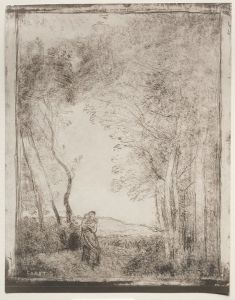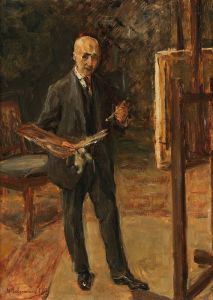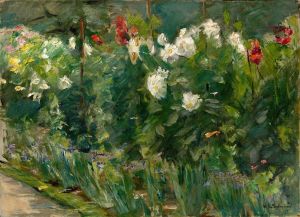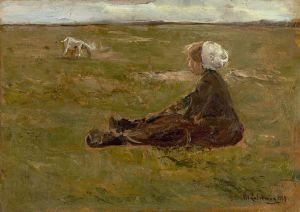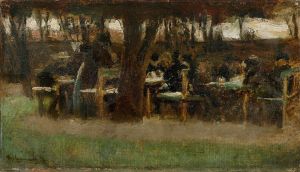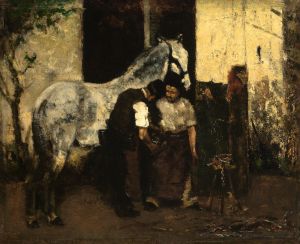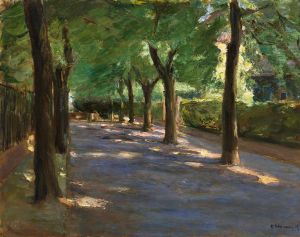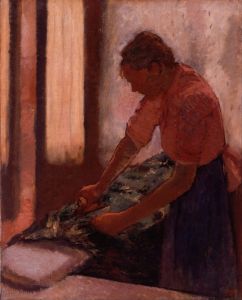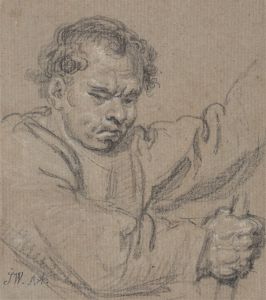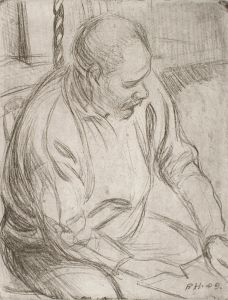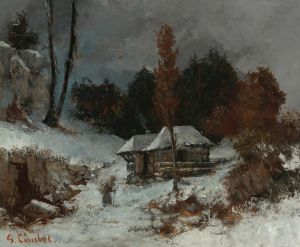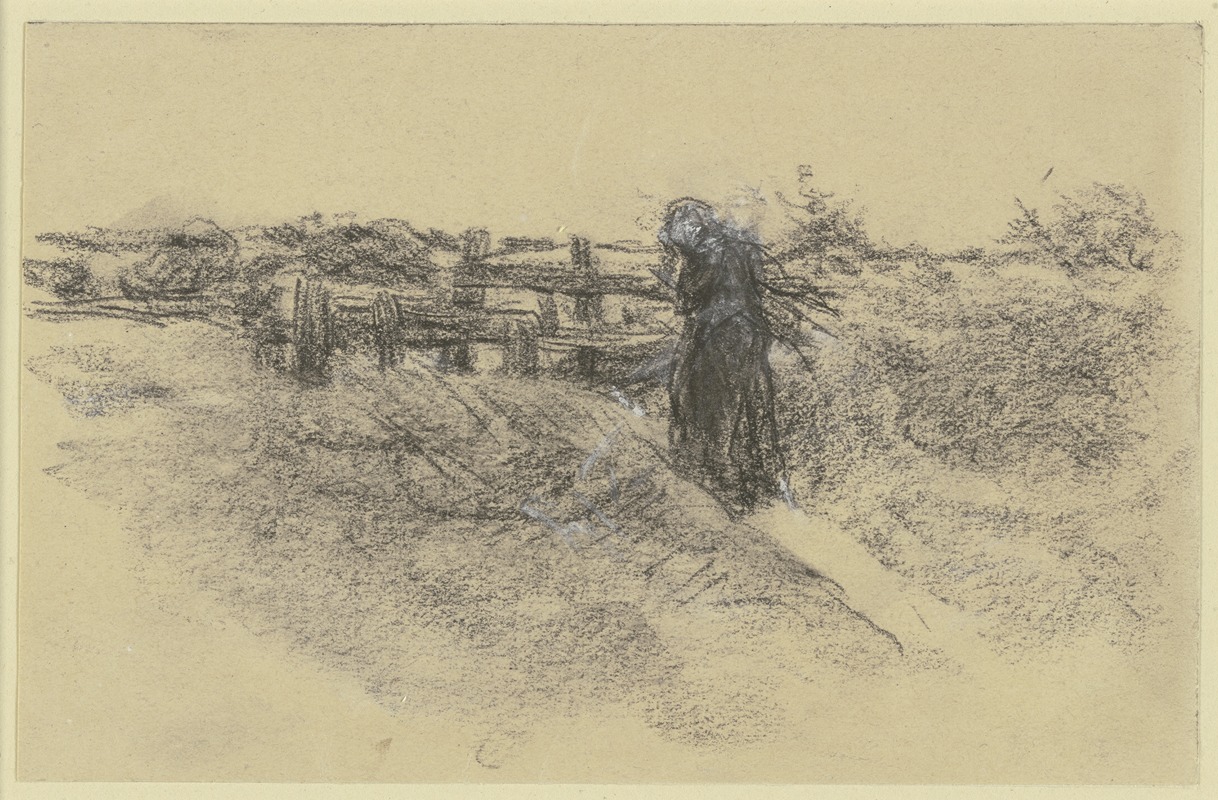
Woman with a bundle of brushwood
A hand-painted replica of Max Liebermann’s masterpiece Woman with a bundle of brushwood, meticulously crafted by professional artists to capture the true essence of the original. Each piece is created with museum-quality canvas and rare mineral pigments, carefully painted by experienced artists with delicate brushstrokes and rich, layered colors to perfectly recreate the texture of the original artwork. Unlike machine-printed reproductions, this hand-painted version brings the painting to life, infused with the artist’s emotions and skill in every stroke. Whether for personal collection or home decoration, it instantly elevates the artistic atmosphere of any space.
"Woman with a Bundle of Brushwood" is a painting by the renowned German artist Max Liebermann, who was a leading figure in the German Impressionist movement. Liebermann, born in 1847 in Berlin, was known for his realistic portrayals of everyday life and his ability to capture the essence of human labor and leisure with a keen eye for detail and a subtle use of color and light.
This particular painting, "Woman with a Bundle of Brushwood," exemplifies Liebermann's interest in depicting scenes of rural life and the working class. The painting portrays a woman carrying a bundle of brushwood, a task that was common in rural communities where wood was gathered for fuel or other purposes. The subject matter reflects Liebermann's focus on the dignity of labor and the simplicity of rural existence, themes that were prevalent in his work during the late 19th and early 20th centuries.
Liebermann's style in this painting is characterized by loose brushwork and a muted color palette, which are hallmarks of the Impressionist movement. His technique allows for a sense of movement and immediacy, capturing the transient effects of light and atmosphere. The composition is balanced and harmonious, with the figure of the woman placed centrally, drawing the viewer's attention to her task and the physical effort involved.
The painting is also notable for its social commentary. During Liebermann's time, Germany was undergoing significant industrialization and urbanization, which led to changes in the social fabric and a growing interest in the lives of the working class. By choosing to depict a rural laborer, Liebermann highlights the contrast between the simplicity of rural life and the complexities of urban existence. This focus on the everyday worker aligns with the broader European artistic trend of Realism, which sought to portray subjects truthfully and without idealization.
Max Liebermann was a prominent member of the Berlin Secession, an art movement that broke away from traditional academic art institutions in Germany. The Secessionists advocated for modern art and were instrumental in introducing Impressionism and other avant-garde styles to the German art scene. Liebermann's work, including "Woman with a Bundle of Brushwood," played a significant role in this cultural shift, influencing a generation of artists and contributing to the development of modern art in Germany.
Throughout his career, Liebermann received numerous accolades and held prestigious positions, including serving as the president of the Prussian Academy of Arts. Despite facing challenges during the rise of the Nazi regime due to his Jewish heritage, Liebermann's legacy as a pioneering artist remains influential.
"Woman with a Bundle of Brushwood" is a testament to Liebermann's skill in capturing the essence of human experience and his commitment to portraying the realities of life with empathy and insight. The painting continues to be appreciated for its artistic merit and its reflection of the social and cultural dynamics of its time.





